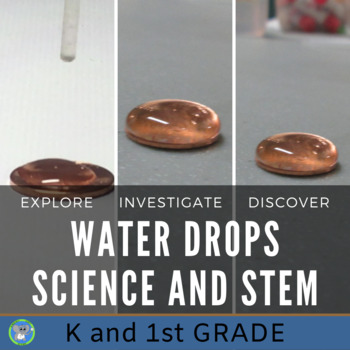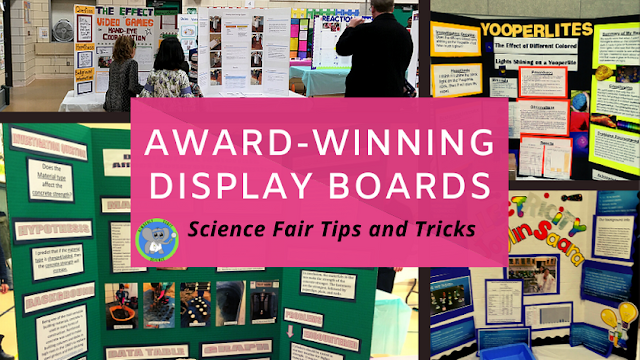5 Surface Tension Activities for Kids: The Science of Water
Water is an amazing substance. A water molecule is made of 2 hydrogen atoms and 1 oxygen atom. The chemical formula is H2O. The way these molecules combine is unique and allows water to have some fun properties.
Water is a bi-polar molecule. A bi-polar molecule is when one side of a compound is more negatively charged. This causes water to have a negative and positive end. This uneven distribution of charges causes water molecules to attract each other. This is not a chemical bond, but an attraction or a weak bond. Think of it like the positive and negative ends of a magnet attracting each other.
When water molecules are together this weak bond forms a net-like pattern on the surface of water called just that, surface tension.
Students can have a great time exploring surface tension in many different ways. This will help them to identify surface tension in the environment. The classic example is the water strider staying on top of the water.
Get your water, eye droppers, paper towels, soap, freezer paper ready for lots of fun!
Explore with Plain Water and Soapy Water on Freezer Paper
We always start with this activity. It is just so much fun and a great comparison for any age.
Water Repellent Fun
This is just amazing and fun. Spraying water repellent on paper towels will give some amazing results and really surprise kids. I like to call it the magic paper towel.
The Floating Paper Clip
This one can be modified in lots of different ways. I have used needles and pepper. Students can try other items too. I like to end it by adding a drop of soap to break the surface tension. That will really get the kids thinking. These directions are from "Everything I Do is All for the Boys."
Make Water Defy Gravity
This one is a classic. Steve Spangler does a great job explaining it. Students could test different fabrics and glasses. What happens if you use soapy water?
Drops of Water on a Penny
This one is a classic for any grade level. It is a perfect science fair project. Teachers like to use it to practice the scientific method. Observing the drops get bigger and bigger on the penny is always fascinating. This lab really takes this classic experiment up a notch. We love how it includes a STEM challenge too.
Shop This Post












